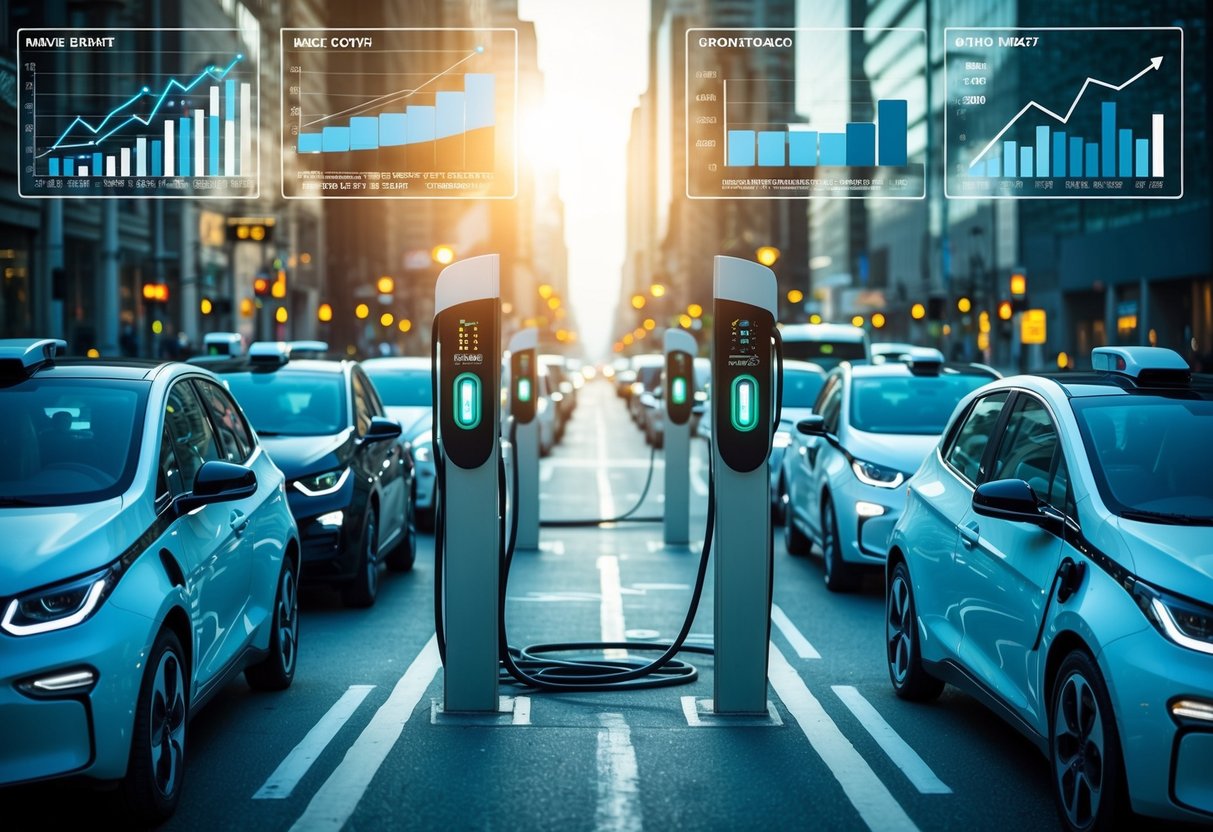
Raw Material Sourcing and Battery Production
The rise of electric vehicles has intensified the demand for specific raw materials, particularly those used in battery production. Key materials such as lithium, cobalt, and nickel are essential for EV batteries, making their sourcing a critical part of the supply chain. This has prompted automotive companies to establish stronger partnerships with mining firms and secure long-term contracts.
Efforts to ensure a reliable supply of these materials are paired with initiatives aimed at improving the sustainability of sourcing practices. Companies are focusing on reducing the environmental impact of raw material extraction and promoting recycling efforts. This trend is shaping the industry, leading to innovations in battery chemistry and the development of alternatives to scarce materials.
Shift in Workforce and Skill Requirements
The evolution of electric vehicles is causing a significant shift in workforce requirements within the automotive industry. There is a growing need for employees with specialized skills in areas such as battery technology, software development, and electronics. This shift is prompting automotive companies to invest in training programs and collaborate with educational institutions.
Furthermore, the move toward automation and digitalization in EV production necessitates a workforce that is adept at working with advanced technologies. As traditional roles diminish, new opportunities arise for workers skilled in software and electrical engineering. Automotive manufacturers are focusing on reskilling programs to bridge the gap and ensure their workforce is equipped to manage these changes.
Economic Implications of Electrification

Electrification in the automotive industry affects various economic sectors, influencing investment trends, policy-making, and traditional energy markets. The pace of technological advancement and regulatory changes plays a crucial role in shaping these outcomes.
Industry Investment and Shareholder Returns
Electrification requires substantial investment in new technologies and infrastructure. Automotive companies allocate significant capital to develop electric vehicles (EVs) and build necessary charging networks. This investment may impact shareholder returns in the short term due to increased expenditure. Over the long term, as EV adoption rises, companies could see enhanced profitability and competitive positioning. Tariffs and interest rates significantly affect these investments, as higher costs can lead to increased expenses. The Federal Reserve’s monetary policies also play a role, impacting borrowing costs for companies investing in electrification.
Government Incentives and Policies
Governments worldwide create incentives to encourage EV adoption and reduce emissions. These include tax credits, subsidies, and rebates, making EVs more appealing to consumers. Policies supporting infrastructure development, such as charging stations, further facilitate this transition. Regulatory measures also include stricter emissions standards, pushing manufacturers toward electrification. Tariffs on fossil fuels might also incentivize this shift. Interest rates set by central banks can influence government financing for such initiatives, dictating the pace and scale of incentives. The Federal Reserve’s actions in adjusting rates affect these factors, shaping the fiscal environment for EV adoption.
Impact on Oil and Petroleum Industries
The rise of EVs poses a challenge to the oil and petroleum sectors, as increased electrification reduces demand for traditional fuels. As a result, industries tied to petroleum could experience decreased revenue and need to adapt by diversifying their operations. This shift necessitates strategic changes, such as exploring alternative energy sources and technologies. The electrification trend reflects a broader movement toward sustainable energy. Adjustments in tariffs could further influence this dynamic, potentially leading to increased competition. The Federal Reserve’s interest rate policies could have indirect effects, impacting capital flows and investments in the energy sector.